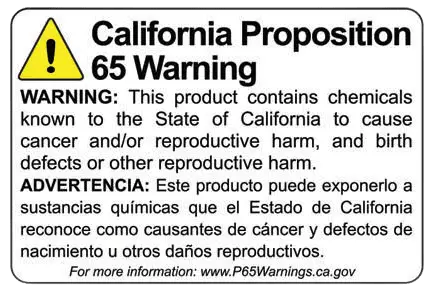 Automotive wiring faces unique challenges: vibration, extreme temperatures, moisture, and abrasion. Proper insulation is critical to prevent short circuits, corrosion, and electrical failures. Heat-shrink tubing has become a standard solution for protecting and organizing automotive wiring, offering durability, reliability, and safety.
Automotive wiring faces unique challenges: vibration, extreme temperatures, moisture, and abrasion. Proper insulation is critical to prevent short circuits, corrosion, and electrical failures. Heat-shrink tubing has become a standard solution for protecting and organizing automotive wiring, offering durability, reliability, and safety.
What is Heat-Shrink Tubing?
Heat-shrink tubing is a polymer-based tube that shrinks when heat is applied, tightly wrapping around wires, connectors, or terminals. It provides insulation, protection from physical damage, and environmental sealing.
Common types for automotive use:
-
Polyolefin: Most common, flexible, heat-resistant, chemical-resistant.
-
PVC: Affordable, easy to use, moderate heat resistance.
-
Adhesive-lined (dual wall): Creates a waterproof seal around wires.
Benefits of Using Heat-Shrink Tubing in Automotive Wiring
-
Electrical Insulation
-
Prevents short circuits by separating wires and exposed metal connections.
-
-
Mechanical Protection
-
Guards against abrasion, vibration, and impact, which are common in engine compartments.
-
-
Environmental Protection
-
Shields wires from moisture, chemicals, and corrosion. Adhesive-lined tubing adds waterproof sealing.
-
-
Organization and Identification
-
Color-coded tubing helps identify circuits and improves maintenance efficiency.
-
-
Longevity
-
Reduces wire fatigue and connection failures, extending the lifespan of automotive wiring.
-
Best Practices for Heat-Shrink Tubing in Automotive Wiring
-
Choose the Right Size
-
Select tubing with a shrink ratio slightly larger than the wire diameter. Typical automotive ratios: 2:1 or 3:1.
-
-
Use High-Quality Materials
-
Opt for heat-resistant, chemical-resistant, and flame-retardant tubing for engine and under-hood applications.
-
-
Proper Application Technique
-
Slide the tubing over the wire or connector before crimping or soldering.
-
Apply uniform heat using a heat gun or other recommended heat source.
-
Avoid overheating, which can damage the wire or tubing.
-
-
Seal and Protect Connections
-
For wires exposed to moisture or outdoor conditions, use adhesive-lined tubing to create a waterproof barrier.
-
-
Inspect After Shrinking
-
Ensure tubing is snug, smooth, and covers the entire exposed connection.
-
Check for gaps, wrinkles, or burnt spots that may reduce effectiveness.
-
Common Mistakes to Avoid
-
Using tubing that’s too small or too large for the wire.
-
Overheating tubing with a torch or flame.
-
Neglecting adhesive-lined options in moisture-prone areas.
-
Forgetting to slide the tubing on before crimping or soldering.
Conclusion
Heat-shrink tubing is a simple but critical component in automotive wiring, offering electrical insulation, mechanical protection, and environmental resistance. Following best practices ensures reliable connections, extends wire life, and reduces maintenance issues. For professional-grade results in automotive applications, high-quality heat-shrink tubing is a must-have.

